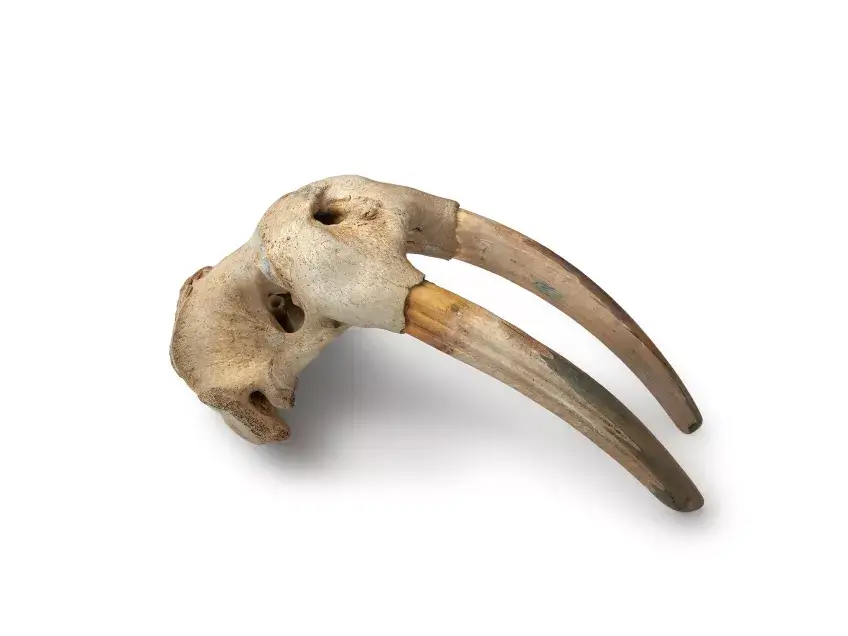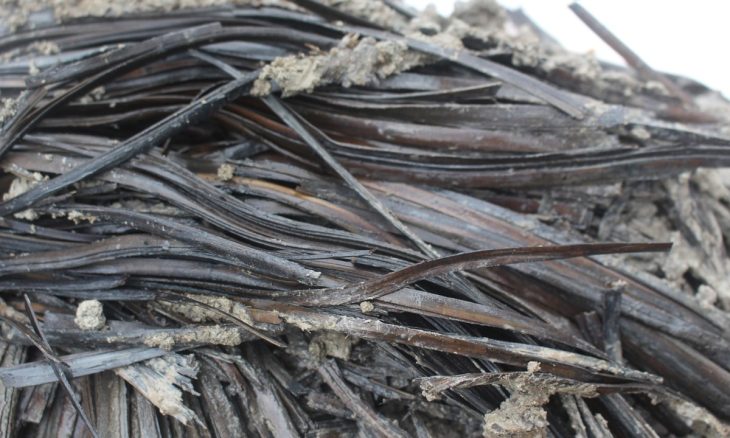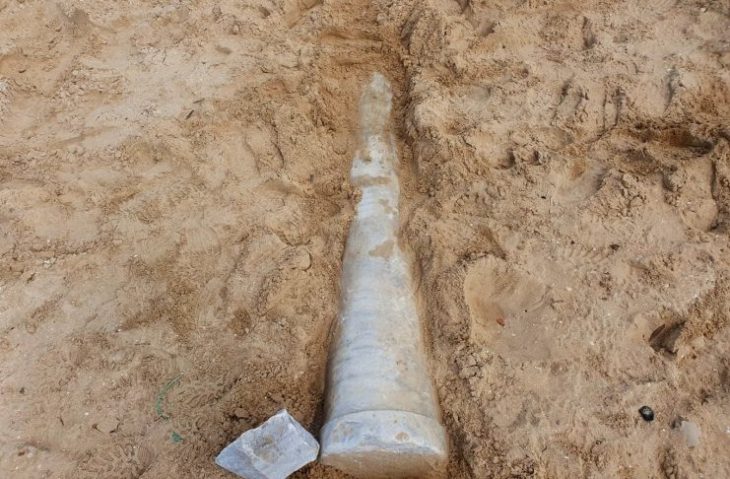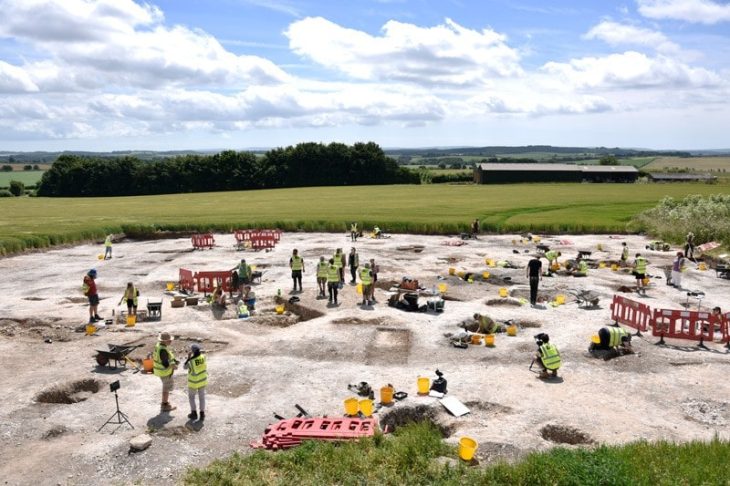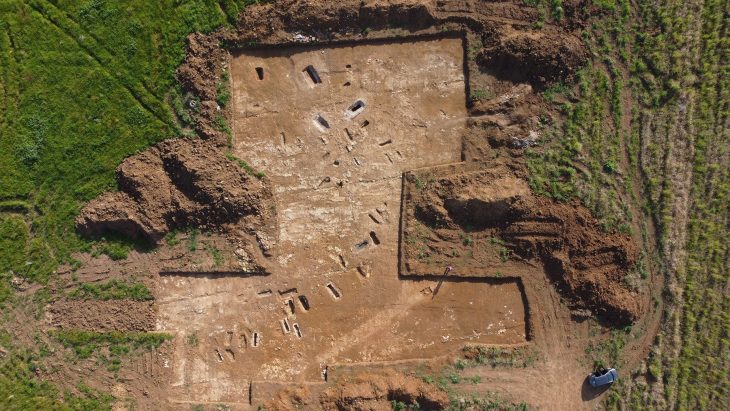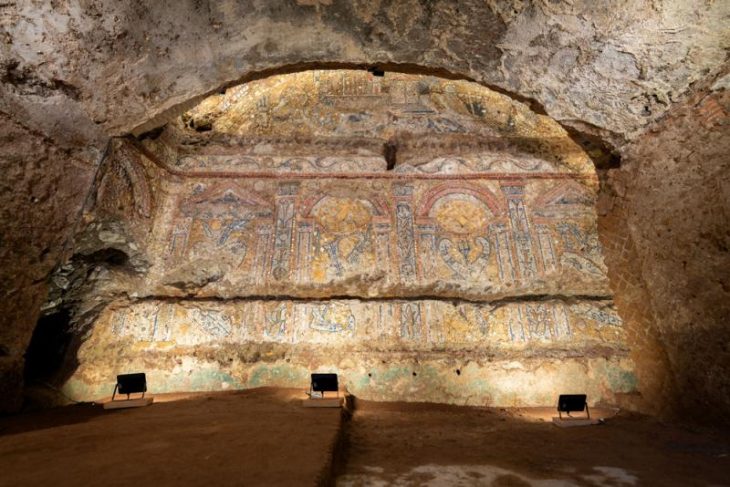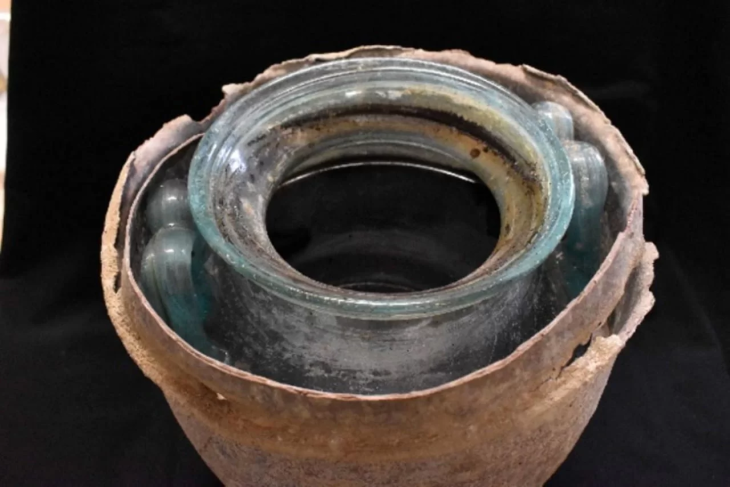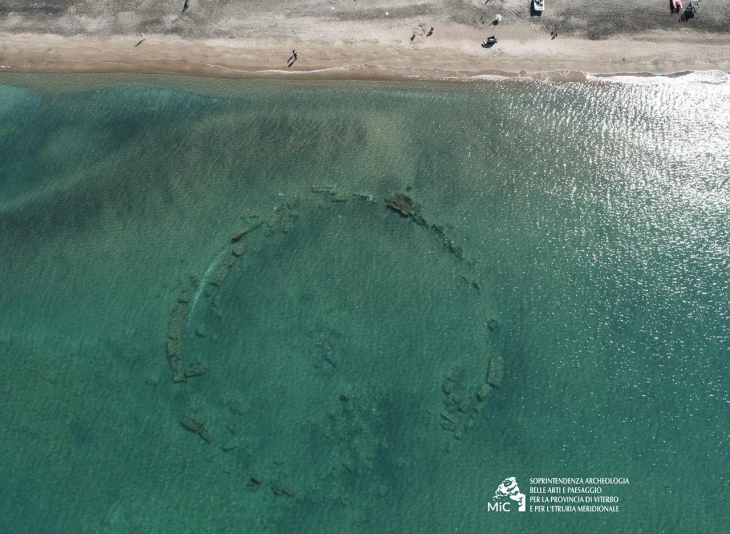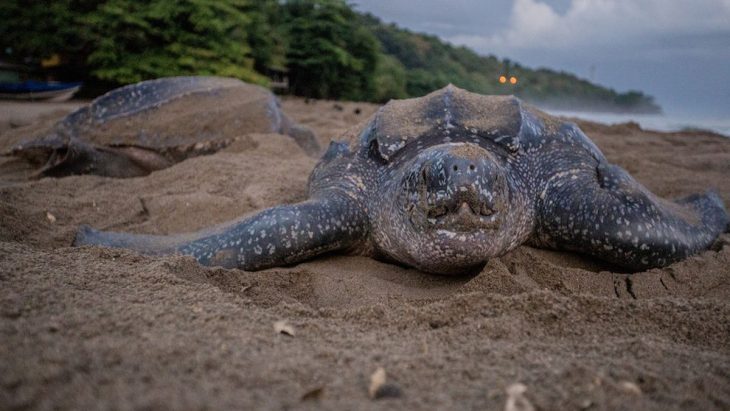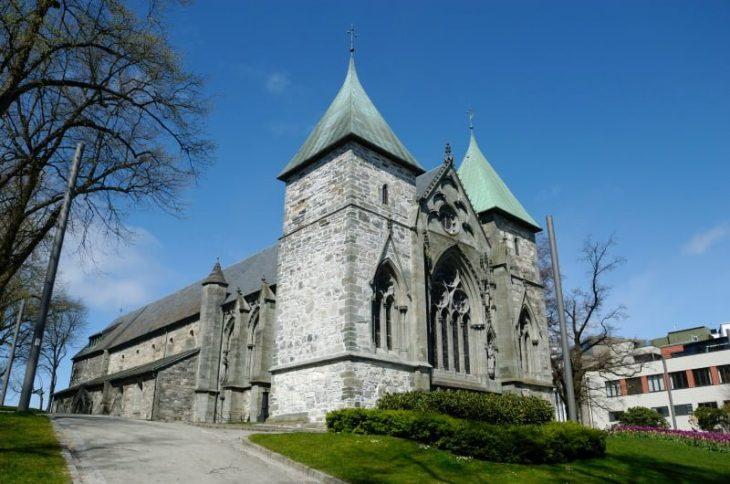By examining ancient walrus ivory DNA, an international team of researchers led by Lund University in Sweden found that Norse Vikings and Arctic Indigenous peoples were probably meeting and trading ivory in remote parts of High Arctic Greenland, several centuries before Christopher Columbus “discovered” North America.
In medieval Europe, walrus ivory was a prized commodity and was supplied by Norse intermediaries who expanded across the North Atlantic in search of the product, establishing settlements in Iceland and Greenland in the process.
However, it has long been unknown where exactly the traded ivory came from. According to a recent study that was published in the journal Science Advances, walrus ivory that was brought into Europe from Norse settlements in Greenland was obtained from extremely isolated hunting areas in the High Arctic.
“What really surprised us was that much of the walrus ivory exported back to Europe was originating in very remote hunting grounds located deep into the High Arctic. Previously, it has always been assumed that the Norse simply hunted walrus close to their main settlements in southwest Greenland”, says Peter Jordan, Professor of Archaeology at Lund University.
The researchers used genetic “fingerprinting” to reconstruct precisely where traded walrus artefacts were coming from.
In particular, the North Water Polynya—a region of open water encircled by sea ice that sits between Greenland and Canada in northern Baffin Bay—and potentially from the interior Canadian Arctic were identified by the research team using high-resolution genetic sourcing techniques. These regions are well outside of those that are customarily connected to Greenland Norse ivory harvesting operations.
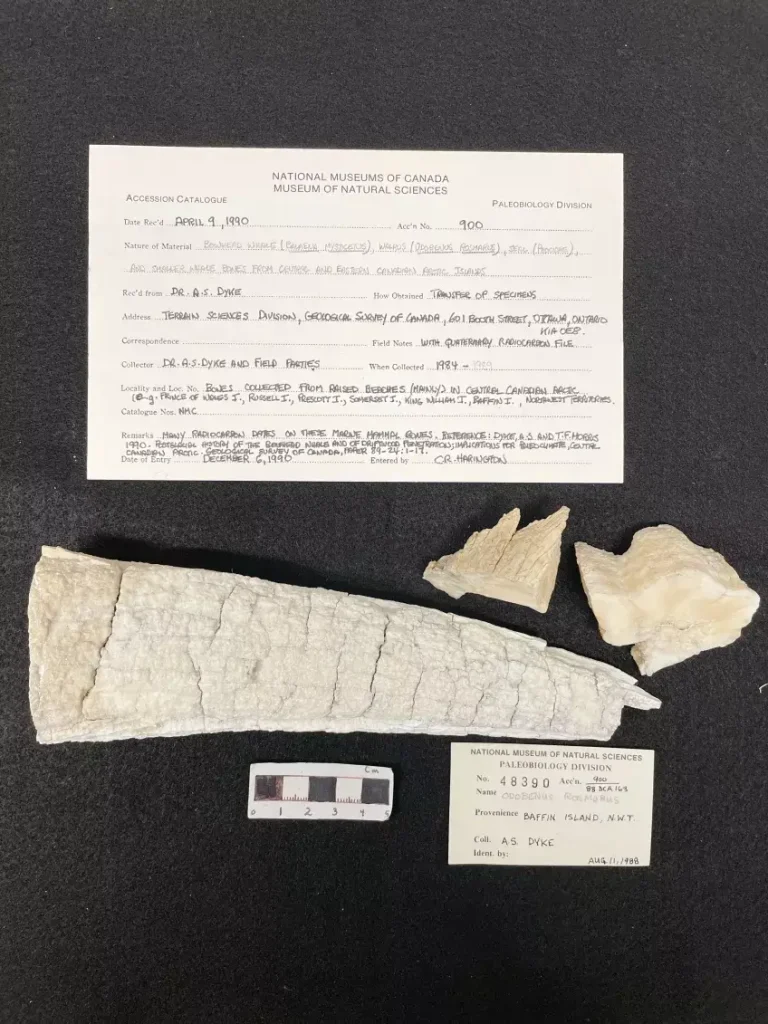
As the new results started to emerge, another key question arose: if ivory was being obtained from the High Arctic, did the Greenland Norse have the seafaring skills and technologies to venture so deep into ice-filled Arctic waters?
Research team member Greer Jarrett sought answers to this question in a unique way: he actually reconstructed probable sailing routes, taking experimental voyages in traditional clinker-built Norwegian boats.
“Walrus hunters probably departed from the Norse settlements as soon as the sea ice retreated. Those aiming for the far north had a very tight seasonal window within which to travel up the coast, hunt walrus, process and store the hides and ivory onboard their vessels, and return home before the seas froze again”, says Greer Jarrett, doctoral researcher at Lund University.
After the Norse completed their perilous journeys, what might they have encountered? Importantly, these remote High Arctic hunting grounds were no empty polar wilderness; they would have been inhabited by the Thule Inuit and possibly other Indigenous Arctic peoples, who were also hunting walrus and other sea mammals. The new research provides further independent evidence for the long-debated existence of very early encounters between the European Norse and North American Indigenous peoples, it also confirms that the North Water Polynya was an important arena for these inter-cultural meetings.
“This would have been the meeting of two entirely different cultural worlds. The Greenland Norse had European facial features, were probably bearded, dressed in woollen clothes, and were sailing in plank-built vessels; they harvested walrus at haul-out sites with iron-tipped lances”, says Peter Jordan.
In contrast, the Thule Inuit were Arctic-adapted specialists, and used sophisticated toggling harpoons that enabled them to hunt walrus in open waters. They would have been wearing warm and insulated fur clothing and would have had more Asian facial features; they paddled kayaks and used open umiak boats, all made from animal skins stretched over frames.
“Of course, we will never know precisely, but on a more human level these remarkable encounters, framed within the vast and intimidating landscapes of the High Arctic, would probably have involved a degree of curiosity, fascination and excitement, all encouraging social interaction, sharing and possibly exchange. We need to do much more work to properly understand these interactions and motivations, especially from an Indigenous as well as more “Eurocentric” Norse perspective”, concludes Peter Jordan.
According to the authors, the results of the study support the idea that Norse ivory harvesting eventually expanded into very remote parts of the Arctic resulting in encounters with Indigenous peoples of the North American Arctic, and possibly exchange of ivory with them.
Cover Photo: The Norse transported “packages” of ivory back to Europe (with tusks attached to skull). Photo: Mikkel Høegh-Post

